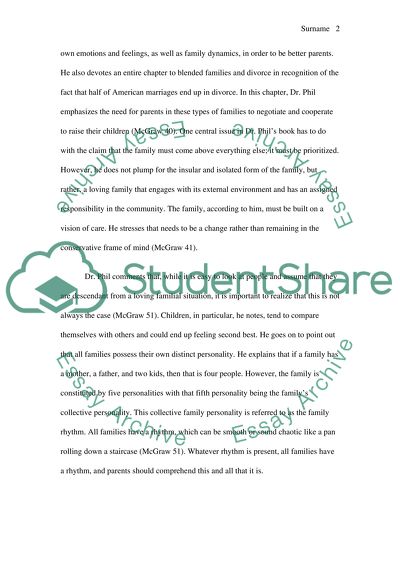Cite this document
(“Functional and Dysfunctional Families (Family First) By Dr. Phill Book Report/Review”, n.d.)
Retrieved from https://studentshare.org/family-consumer-science/1402893-functional-and-dysfunctional-families-family-first
Retrieved from https://studentshare.org/family-consumer-science/1402893-functional-and-dysfunctional-families-family-first
(Functional and Dysfunctional Families (Family First) By Dr. Phill Book Report/Review)
https://studentshare.org/family-consumer-science/1402893-functional-and-dysfunctional-families-family-first.
https://studentshare.org/family-consumer-science/1402893-functional-and-dysfunctional-families-family-first.
“Functional and Dysfunctional Families (Family First) By Dr. Phill Book Report/Review”, n.d. https://studentshare.org/family-consumer-science/1402893-functional-and-dysfunctional-families-family-first.


